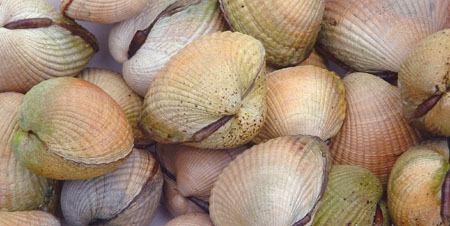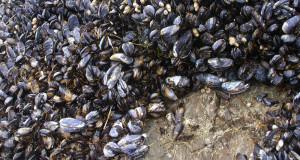Are your kids interested in a career on the water? Sounds like a great time to check out this video and go out lobster fishing with the award winning Aqua Kids! They’ll learn from teen lobster fishermen in Maine some of the challenges of the job (e.g., timing how long their nets are in the water, regulating the size of “catchable” lobsters). But, most impressively what is on the young lobstermen’s mind is how to make sure their practices are sustainable.
Aqua Kids motivates today’s youth to take an active role in protecting and preserving our marine environments.















What people are saying …